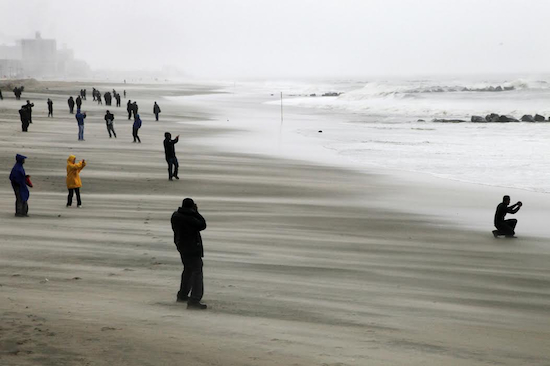Army Corps of Engineers hires contractor to repair Coney Island beach
Federal government picking up entire $25 million tab

Coney Island Beach will undergo critical repairs and emergency restoration to address Hurricane Sandy-related damage, U.S. Senators Charles Schumer and Kirsten Gillibrand and a group of lawmakers announced on Tuesday.
The U.S. Army Corps of Engineers has awarded a contract to H&L Contracting LLC for an ambitious project involving the construction of a series of T-groin rock jetties at Coney Island aimed at protecting the peninsula and preventing further erosion that has plagued the shoreline since 1992, and that was made significantly worse during Superstorm Sandy, officials said.
The project also calls for beach replenishment to take place along the Brooklyn shoreline from West 37th Street to Norton Point.

Coney Island
View MoreIn just a little over an hour, you can be transported from the glitz and glamor of Manhattan to the old-school amusement of Brooklyn's storied Coney Island. The destination offers thrills, sun, surf and a unique brand of entertainment that will feel worlds away from the rest of the City.